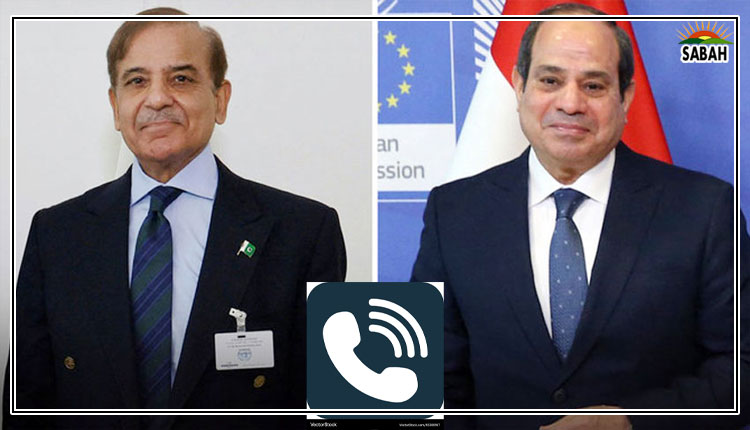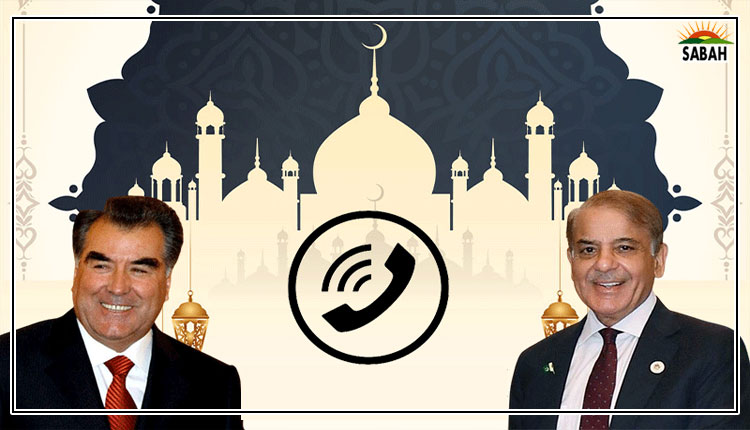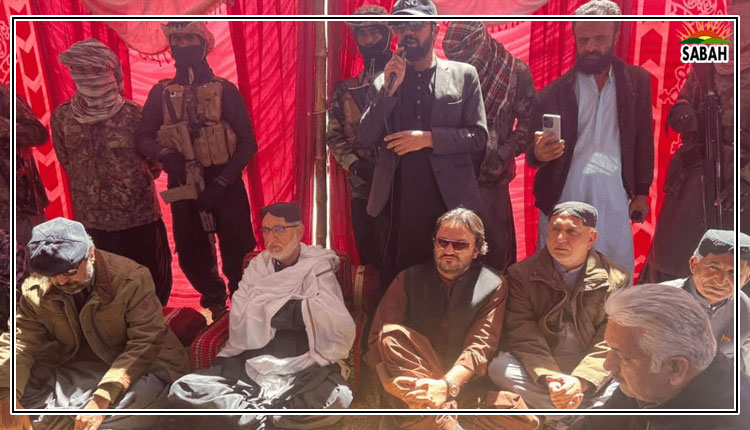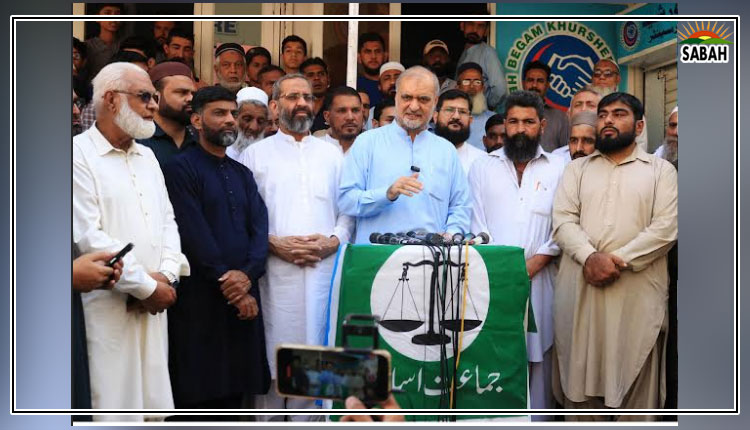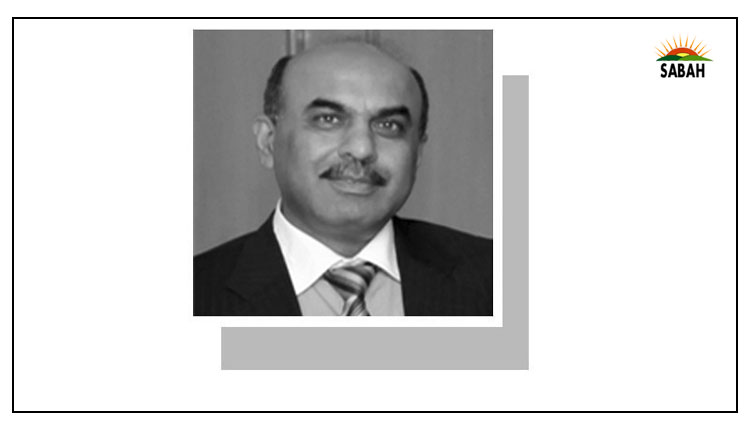Destitute people….Naseer Memon
TOGETHER, Pakistan and India are home to the largest number of poor people in the world. Yet, instead of jointly addressing the plight of the people, they continue to quarrel and periodically engage in conflict. Even the recent visit of Pakistans Foreign Minister Bilawal Bhutto-Zardari to Goa to attend a Shanghai Cooperation Organisation meeting was met by the pejoratives of hawks on both sides.
All these overzealous nationalistic elements conveniently gloss over the fact that millions of poor people on both sides of the border live a life bereft of human dignity and basic necessities. Among 191 countries, India and Pakistan rank 132nd and 161st on the Human Development Index (2021-2022) respectively. While India fares better than Pakistan, its overall ranking is nothing to celebrate. In fact, compared with 2019, Indias HDI value has tumbled from 0.64 in 2019 to 0.63 in 2021. The maternal mortality rate in both countries is deplorable, with India at 133 (in 2017) and Pakistan at 140 per 100,000 live births.
India also has the dubious distinction of being home to the worlds largest population 732 million without access to a toilet. This number is almost thrice the size of Pakistans total population. In Pakistan, according to statistics from some years ago, over 40m people are forced to defecate in the open.
Economic and multidimensional poverty are rampant in both countries. With a large population base, India has the worlds largest poor population of almost 270m people. Similarly, the World Bank has estimated poverty in Pakistan to be almost 40 per cent. According to the UNs Human Development Report (2021-22) the percentage of people exposed to severe multidimensional poverty in Pakistan is much higher than Indias, though in absolute numbers, India has a far bigger population suffering in this category.
Pakistan and India continue to spend lavishly on arms.
While a huge population in both countries is impoverished and denied basic services, which are essential to human dignity, the two governments nevertheless spend lavishly on lethal weaponry at the expense of the socioeconomic well-being of their people. Figures for 2021 show that Pakistans ratio of defence expenditure to GDP was 3.8pc and that of India 2.7pc. Absolute numbers reveal greater details, Pakistan allocated a budget of $11.3 billion, and India almost seven times more with $72.6bn, to defence. Then, there are unrecorded and unaccounted expenses in addition to publicly announced budgets.
According to the Stockholm International Peace Research Institute, India maintains a large contingent of over 3m army personnel while the strength of the Pakistan Army is close to 1m. A colossal amount is funnelled into the imports of deadly weapons. According to Sipri, in 2020 India spent $2.8bn on the import of arsenal whereas Pakistan spent some $760m. India also has the ignominious distinction of being the largest arms importer in the world in 2018-2022. Sipris recently released report Trends in International Arms Transfer 2022, shows that India was the biggest arms importer that accounted for 11pc of global arms imports from 2018 to 2022.
This war and weapon mania is devouring the economic ability of both countries. The money spent on arms can be used for the uplift of millions of destitute and desperate families. According to a World Bank estimate, the potential of Pakistan-India trade is approximately $37bn against the actual $2bn or so. If India and China can insulate bilateral trade from security-based hostilities, why cant Pakistan and India do the same, instead of pursuing the route of political acrimony? Indeed, one should learn from China, which maintains cordial business ties with India, while not relenting on its geopolitical stance. It is because of this policy that bilateral trade between India and China reached $136bn in 2022. This policy is more pronounced in the case of the Sino-US trade partnership. Despite the deep mutual disenchantment, both countries set a record figure of $690bn for trade between them in 2022.
Peace dividends would pay well if India and Pakistan did not let politics get in the way of economic ties. Billions of dollars spent on weapons could be saved by both countries. Bilateral trade can flourish if the two governments take advantage of the low cost of labour and accessible routes to each others territories. Both countries ought to invest their precious resources in developing human capital, which is the cornerstone of economic growth and social well-being of any country. The World Bank says that if Pakistan improves its human capital, its GDP per capita could rise by 144pc, eight times more than in conditions where business as usual prevails.
The writer is a civil society professional.
nmemon2004@yahoo.com
Courtesy Dawn, May 18th, 2023


